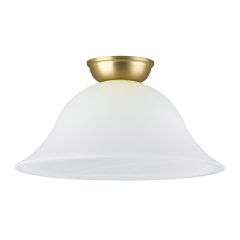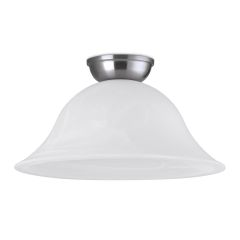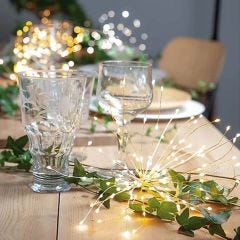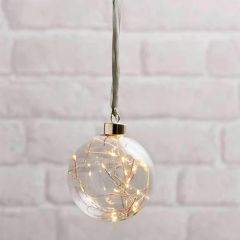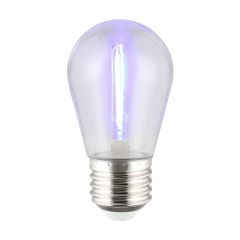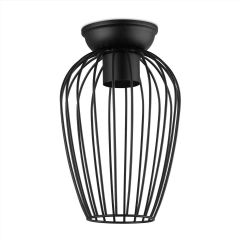LED Batten Lights
LED battens are bar lights that are mounted on surfaces and are typically intended for use in areas like laundries and garages, where practicality and high light output are essential. In contrast to older fluorescent battens, LED batten lights now offer a more visually appealing design and, in most cases, a slimmer profile. The light output is quite comparable, while the lifespan of LED battens is longer.
Batten Fix Lights
A batten fix light refers to a ceiling-mounted light fixture that can be either a long, linear light or come with a variety of light shade styles such as ball, bell, rectangular, round, or dome shapes.
These DIY (do-it-yourself) fittings serve as decorative shades specifically designed to cover a batten fix and enhance the aesthetics of your room.
The key advantage of these DIY fittings is that they can be easily installed without the need for an electrician, allowing you to save money, as long as there is an existing batten fix in place.
To install a DIY fitting onto a batten fix, you can follow three straightforward steps:
(i) Unscrew the sleeve located at the bottom of the batten fix.
(ii) Slide the DIY fitting into position.
(iii) Screw the sleeve back on to securely hold the DIY fitting in place.
String Lights
Experience the enchantment of string lights, a captivating form of DIY lighting. Comprising a string or wire adorned with numerous small bulbs or LEDs evenly spaced along its length, these lights serve as delightful decorative elements, evoking a whimsical and magical atmosphere.
String lights come in an array of shapes, sizes, and hues, offering a versatile range of options. The bulbs themselves can be traditional incandescent ones or the more energy-efficient LED lights, which have gained popularity in recent times. LED string lights are favoured for their lower energy consumption, extended lifespan, and safety features like reduced heat emission.
Embracing versatility, these lights can be utilized indoors and outdoors. While they grace festive occasions like Christmas, New Year's Eve, and weddings, their charm extends throughout the year, enhancing outdoor patios, gardens, and bedrooms. String lights can be draped gracefully along walls, wound around trees or plants, suspended from ceilings, or strung along fences, weaving an enchanting tapestry of luminosity and delight.
Solar Lights
Embark on a journey into the world of DIY lighting with solar lights, a versatile and environmentally friendly option. Solar lights offer a diverse selection, including spike lights, spotlights, floodlights, bollard lights, coach lights, and post-top lights. Installing these solar lights yourself is a breeze, requiring minimal effort. Simply attach them to a wall using the provided screws or effortlessly place them in the ground, and you're good to go. Harness the power of the sun to illuminate your surroundings with ease and enhance them with these convenient and stylish solar lighting solutions.
















